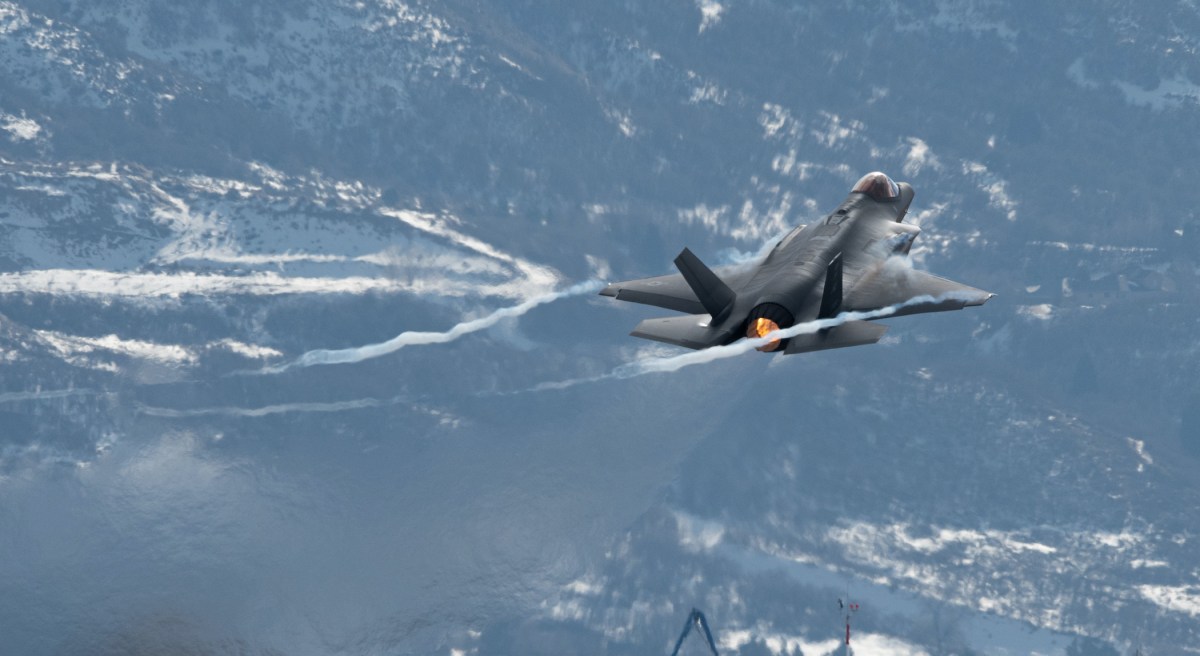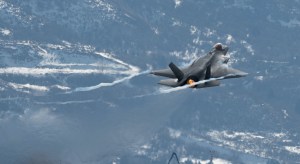Air Force expands its predictive maintenance AI

The Air Force’s fleets of aircraft will be supported by an expanded artificial intelligence platform to predict when planes need maintenance to keep them flight-ready for longer periods of time.
The software comes from C3.ai, a San Francisco-based AI company that has worked with the military since 2017. The company is expanding work it has been doing with Air Force programs, now offering its software suite of AI platforms across the entire Air Force enterprise to reach more aircraft and weapons systems.
The deal, inked with the Air Force’s Rapid Sustainment Office (RSO), includes data science training for the airmen who will use the platform as they deploy predictive analytics on new systems. The contract gives the Air Force the technology and training to be “self-sufficient,” Ed Abbo, C3.ai’s chief technology officer and president, said in an interview.
The platform can handle multiple types of AI and process various forms of input data to determine when a plane needs work before a part breaks. It was first used on older aircraft, which required processing reams of handwritten notes through the company’s natural language processing algorithms. Since then, the company has developed machine learning methods to process telemetry and sensor data from modern planes like the F-35 Joint Strike Fighter Lightning II.
“What C3.ai has developed is a highly flexible platform that can ingest structured and unstructured data,” Abbo told FedScoop.
Air Force’s RSO is not the only office to scale the technology. The Defense Innovation Unit highlighted C3.ai’s potential cost- and time-savings in its annual report in January. And the DOD’s own Joint AI Center has been working on predictive maintenance programs for helicopters. Abbo said the company has also worked with other services like the Navy, Marine Corps and Army’s aviation fleets. If fully implemented across all DOD aircraft, predictive maintenance has the potential to save the Department up to $5 billion annually, according to the company.
“RSO is truly a trailblazer in AI and big data solutions,” Abbo said. “Together, we are successfully modernizing and expanding the Air Force’s AI capabilities that will ultimately extend its competitive edge, support its vision of implementing artificial intelligence at scale, and unlock untold billions of dollars in cost savings by increasing aircraft mission capability.”





